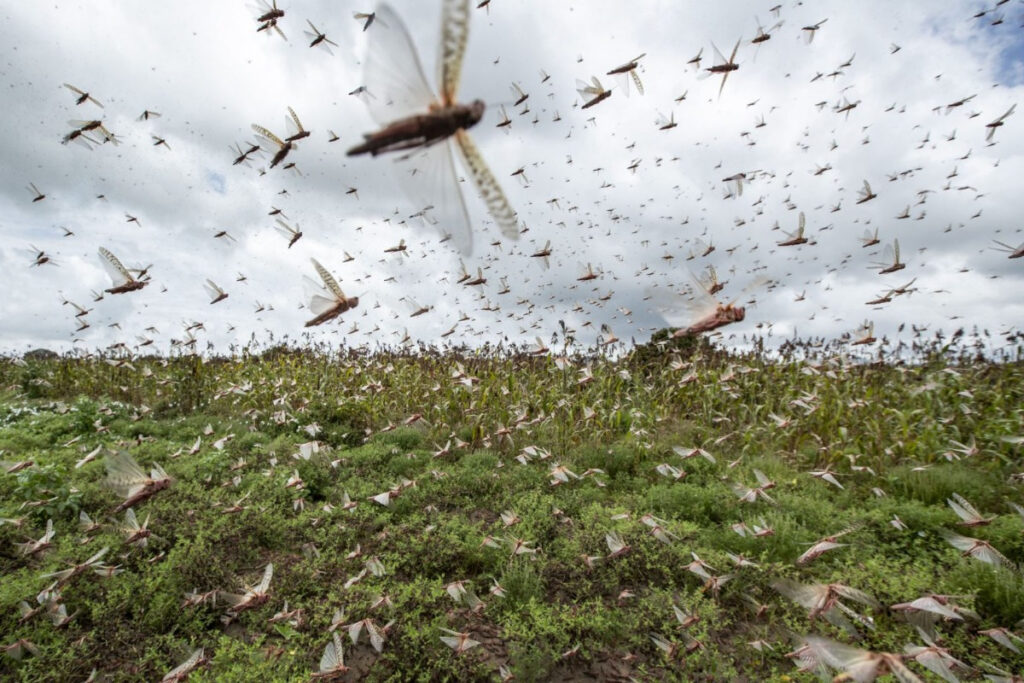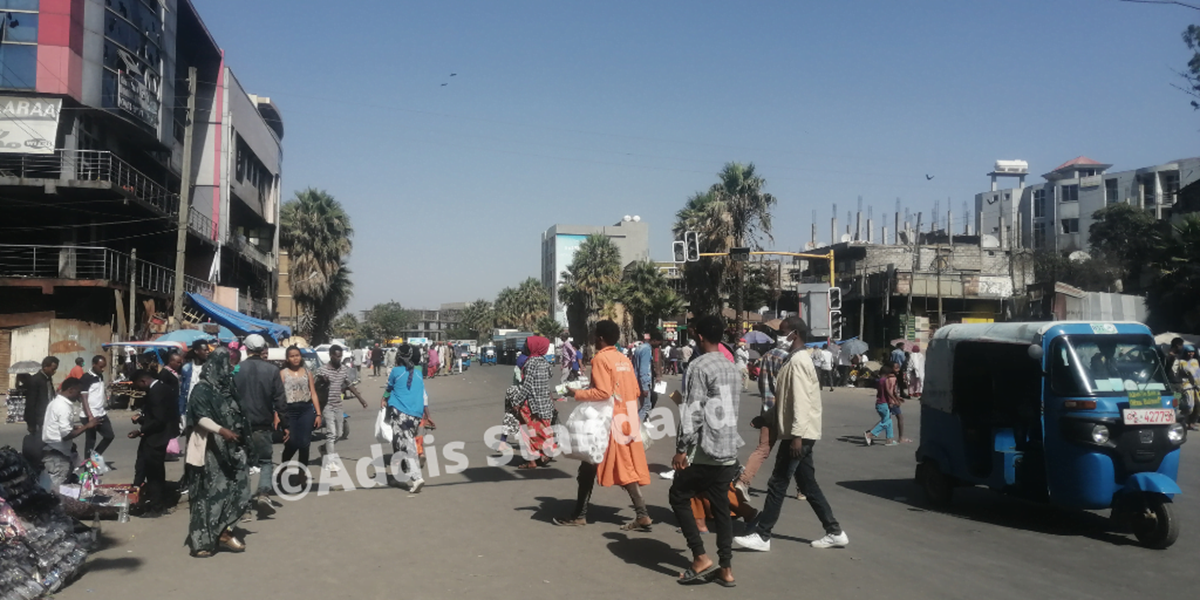News: Tigray Interim Administration requests urgent assistance to combat devastating desert locust swarm

Addis Abeba – The Tigray interim administration has announced that desert locusts have affected three zones in the Tigray region, namely the eastern, southeastern, and southern parts. The administration expressed its concern and called for assistance from the federal government and international organizations.
Getachew Reda, the head of the interim administration, made this statement yesterday during a press briefing for the state media. He said the interim administration has established a task force to address the issue. Getachew further emphasized that the desert locusts are at an adult age and pose a significant threat to agricultural production in the region.
The head of the interim administration turned to Twitter, calling on the people of Tigray, friends, the federal government, and the international community to offer their support in facing this colossal challenge. “Urgent measures need to be taken, particularly in the neighboring Afar regions where the locusts originate,” he said.
Tree locust swarms pose a perilous threat to the already vulnerable agricultural communities in Tigray. The devastating aftermath of the two-year war and ongoing recovery efforts are further compounded by the arrival of these destructive pests. According to a recent report by Addis Standard, farmers in Seyemti Adyabo, Tahtay Adyabo, and Gemehalo districts are grappling with the alarming consequences as their livelihoods teeter on the brink.
Mebrahtom Gebrekidan, the director of the Pest Control Directorate at the Tigray Region Bureau of Agriculture and Natural Resources, reported that the desert locusts have spread across various districts in the eastern, southern, and southeastern zones of Tigray. Mebrahtom told Addis Standard that the locusts have migrated from the nearby Afar region and have heavily affected agricultural productions, including crops and animal fodder, in Tigray.
The federal government has sent survey professionals to the region and implemented some control measures using chemical sprays provided by the Ministry of Agriculture, according to Mebrahtom. “However, more support is required to effectively eliminate the locusts.”
Hiwot Lemma, the leader of the Ethiopian branch of the Desert Locust Control Organization for Eastern Africa (DLCO-E), acknowledged the presence of immature adult desert locusts in the affected regions. She noted that these locusts are difficult to control due to their small group size and rapid movement.
However, Hiwot assured that there are no hopper-stage locusts in Ethiopia, as they predominantly flay from place to place. “The DLCO-E is closely working with the survey team sent by the Ministry of Agriculture to control the locusts before they reach maturity,” she said.
During a press briefing held yesterday, Getachew mentioned that the invasion has devastatingly impacted 80% of agricultural production in certain areas. He called for increased support from the federal government and concerned organizations to combat this crisis.
According to Mebrahtom, the Tigray Agriculture Bureau has already notified relevant bodies, such as the federal government and FAO about the locust invasion. AS








